Sargassum: the plague of the Caribbean
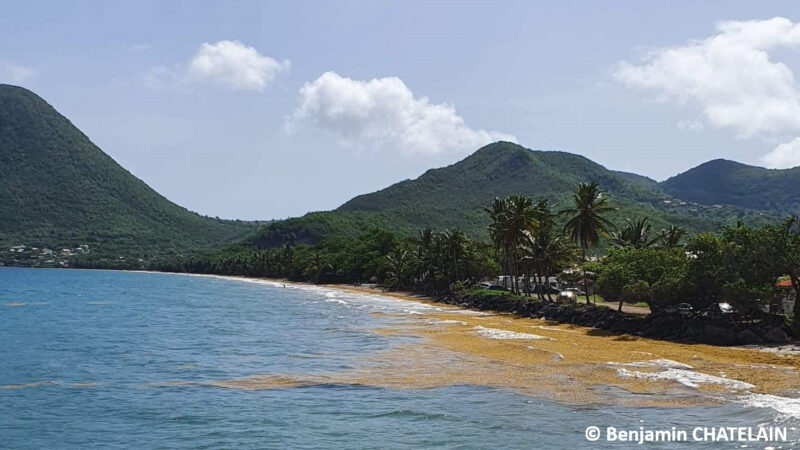
Extraction and analysis of sugars and proteins from Sargassum algae
What is Sargassum ?
Sargassum is a genus of brown macroalgae from the order of Fucales. These algae can be found attached to rocks along coasts or occurring as pelagic free-floating algae in the open sea. Due to their resistance, their high rates of growth and reproduction and their capacity of propagation, they are considered as invasive species.
What is the problem with Sargassum algae?
Since 2011, biomass of holopelagic Sargassum (S. natans VIII, S. natans I, S. fluitans III) strandings are 200-fold higher than the previous 8 year’s average biomass. Sargassum rafts cause health, environmental and economic problems when they arrive near the coast by soiling beaches, blocking boats… Also, they create anoxic zones by their presence and they produce hydrogen sulfide (H2S), causing headaches and vomiting for humans. This is a real challenge, especially for tourism and fishing. In order to fill the scientific gaps on the species responsible for mass strandings and for potential recovery, a mission took place in June 2021 in Guadeloupe and Martinique within the framework of the « SAVE-C » project (PI: Valérie Stiger-Pouvreau, LEMAR), selected during the ANR Flash « Sargassum » call for projects. This project brings together 14 partners around 5 research actions including one on the influence of environmental conditions on the life cycle of holopelagic Sargassum spp.
Sargassum natans I
© Sandrine Ruitton (MIO Marseilles)
Sargassum natans VIII
© Sandrine Ruitton (MIO Marseilles)
Sargassum fluitans III
© Sandrine Ruitton (MIO Marseilles)
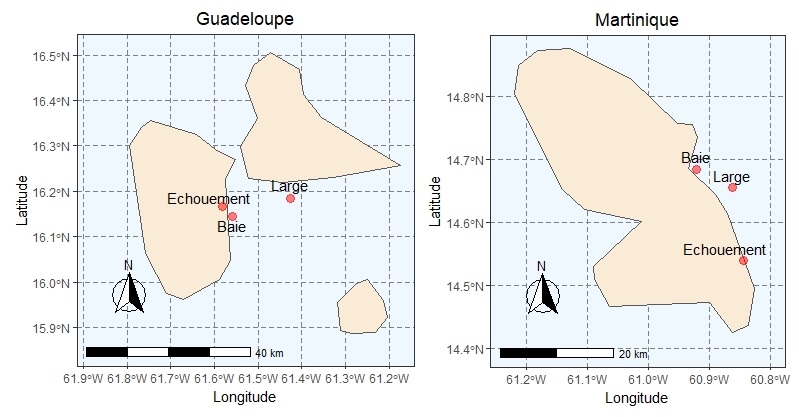
How did we study ?
To understand the effect of proximity to land and spatial variation of Sargassum strandings and identify possible differences between morphotypes, we performed multiple extractions and assays of proteins, pigments, free amino acids and sugars on holopelagic Sargassum samples from Martinique and Guadeloupe, along a degradation gradient composed of three sample sites: offshore, in bay and near the coast. Pigments were dosed by HPLC (High Performance Liquid Chromatography) while proteins, free amino acids and sugars were dosed by spectrophotometry.
What we found !
We found that Guadeloupe samples have higher levels for most compounds tested compared to Martinique samples. Globally, morphotype 1 (S. natans VIII) is in most cases different from the other two, with a lower content for the majority of compounds. Thus, for most metabolites, there is a station effect. Also, Sargassum natans VIII showed a lower overall amount of metabolites than Sargassum natans I and Sargassum fluitans III which could be explained by a slower metabolism.
Another hypothesis would be that the decrease in the quantity of photoprotective pigments would make it more vulnerable to light radiation unless it is less exposed. However, this morphotype is very covered by the presence of hydrozoans that cover its thallus, which would provide it with protection against these light radiations. A better knowledge of their metabolome will allow a better understanding of their transport, degradation, and current massive stranding phenomena. In the future, this knowledge could lead to potential valorization of these macroalgae.
Ancre
Definitions
Holopelagic: that remain in the water column during the entire cycle life.
Anoxic: area without oxygen.
Metabolome: total number of metabolites (small molecules acting as intermediate molecules, hormones, signaling molecules) present within a cell, a tissue, an organism…
Invasive species: is an alien species that is becoming harmful to native biodiversity.
HPLC: high-performance liquid chromatography, technique of separation, identification and quantification of each component in a mixture, based on the passage of the liquid mixture into a column filled with a solid adsorbent material.
Spectrophotometry: a technique for measuring the absorbance of a solution to determine the concentration of a coloured component.
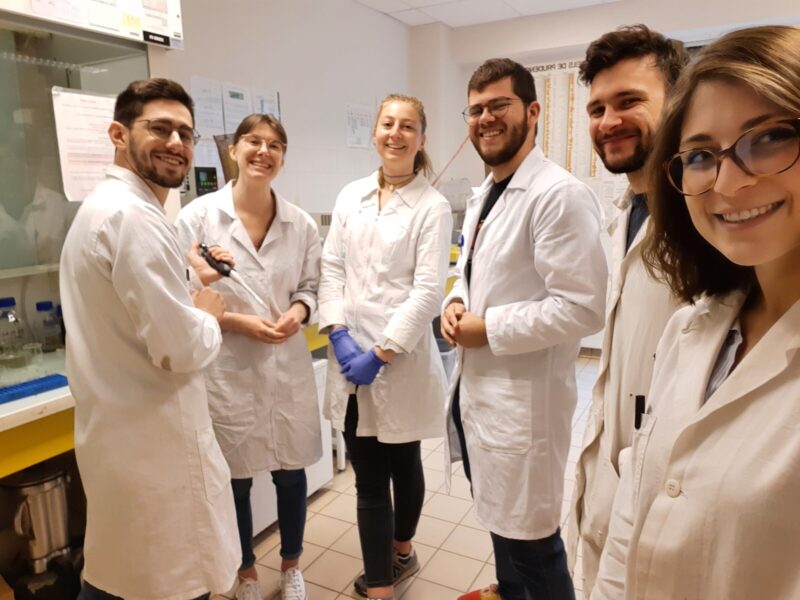
Let’s introduce our amazing team


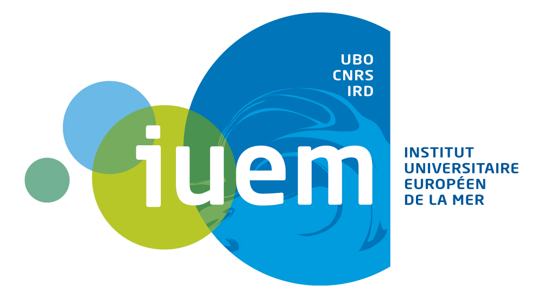
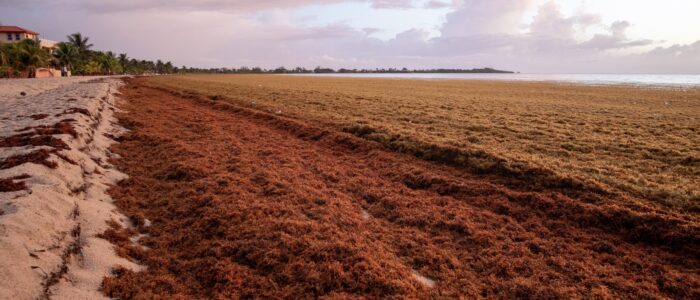

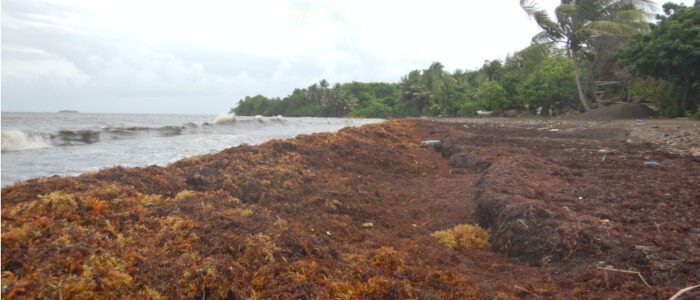
 Attention, vous utilisez un navigateur peu sûr !
Attention, vous utilisez un navigateur peu sûr !